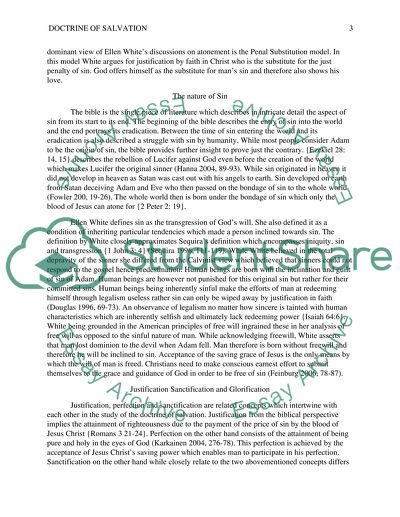Cite this document
(“An Adventist Approach on the Doctrine of Salvation Essay”, n.d.)
Retrieved from https://studentshare.org/religion-and-theology/1433115-an-adventist-approach-on-the-doctrine-of-salvation
Retrieved from https://studentshare.org/religion-and-theology/1433115-an-adventist-approach-on-the-doctrine-of-salvation
(An Adventist Approach on the Doctrine of Salvation Essay)
https://studentshare.org/religion-and-theology/1433115-an-adventist-approach-on-the-doctrine-of-salvation.
https://studentshare.org/religion-and-theology/1433115-an-adventist-approach-on-the-doctrine-of-salvation.
“An Adventist Approach on the Doctrine of Salvation Essay”, n.d. https://studentshare.org/religion-and-theology/1433115-an-adventist-approach-on-the-doctrine-of-salvation.


